The Divine Bell of King Seongdeok (성덕대왕신종)
8.4 Km 25673 2020-04-04
186, Iljeong-ro, Gyeongju-si, Gyeongsangbuk-do
+82-54-740-7500
The Divine Bell of King Seongdeok, the largest Korean bell preserved, stands 3.75-meter tall, has a lip diameter of 2.27 meters, and is 11 to 25 entimeters wide. In 1997, Gyeongju National Museum weighed it at 18.9 tons. The bell was cast to pay tribute to the memory of King Seongdeok. It was completed in 771 and named ‘The Divine Bell of King Seongdeok.’ However, because the bell was installed at Bongdeoksa Temple, it has also been called the Bell of Bongdeoksa.
The bell is also known as the Emile Bell, a name derived from an ancient legend in which a child was sacrificed in order to give sound to the bell, whose echoes of ‘em-ee-leh’ resemble the traditional Korean word for "mommy."
The tubular sound pipe at the top of the bell that helps the sound reverberate is a unique feature that can be found only in Korean bells. The yongnyu, which serves as a loop to hang the bell, has been decorated to resemble a dragon’s head. A band of arabesque patterns can be found at the shoulder, and the striking point of the bell is in the shape of a lotus flower.
The magnificent design and inscription methods used in this bell exemplify the artisan's craftmanship of the Unified Silla period. The bell is also inscribed with over one thousand Chinese characters, and its beauty and integrity have been meticulously preserved despite the passage of over 1,300 years.
Corea Condo Kyongju (한국콘도 경주)
8.4 Km 10923 2021-04-12
353, Bomun-ro, Gyeongju-si, Gyeongsangbuk-do
Corea Condo Kyongju is the Gyeongju branch of Corea Condo owned by Coreacondo Co. Ltd., a lodging company that first came up with the concept of the condominium system in Korea. Corea Condo Kyongju is located at the center of Gyeongju's Bomun Tourist Complex, allowing visitors convenient access to tourist facilities and historical sites as well as the beauty of nature surrounding it.
Gyeongju National Museum (국립경주박물관)
8.4 Km 73605 2023-07-12
186, Iljeong-ro, Gyeongju-si, Gyeongsangbuk-do
+82-54-740-7500
Gyeongju National Museum houses numerous historical and cultural artifacts of the Silla dynasty (57 BC-AD 935). The museum provides various programs including at the Children’s Museum School. The newly renovated Silla Art Gallery and Silla History Gallery lobby by Teoyang Studio are popular among visitors. This multi-complex center provides the history of Silla with various artifacts.
Gyeongju Najeong Well (경주 나정)
8.5 Km 12765 2020-04-06
Tap-dong, Gyeongju-si, Gyeongsangbuk-do
+82-54-779-6100
To the southeast of the royal tomb, is a small monument that has been erected among the pine trees; next to the monument is a well called Najeong. According to Samguksagi (Historical records of the Three Kingdoms) and Samgungnyusa (Memorabilia from the three dynasties), Park Hyeokgeose, the founding monarch of Silla, was born by this well. In 69 BC, Sobeolgong, the head of Goheochon Village, saw a white horse on its knees by the well. When he approached the well he found that the horse had magically disappeared and that a large egg was left in its place, from which a boy was born. When the boy turned 13 years old (57 BC), he was appointed king by the village chiefs and began to rule the area then called ‘Seorabeol’. A memorial stone (2.25 meters high, 45 centimeters long, and 21 centimeters wide) was erected in 1803 in the third year of King Sunjo's rule (Joseon dynasty) detailing the historical origins of the founding father of Silla.
Hotel Hyundai Gyeongju (호텔현대-경주)
8.6 Km 19127 2019-01-24
338, Bomun-ro, Gyeongju-si, Gyeongsangbuk-do
+82-54-779-7200
Hotel Hyundai Gyeongju is located in the center of Bomun Tourist Complex in Gyeongju, the historic capital of the Silla kingdom capital. It features 406 Western-style and 43 Korean-style guestrooms, ten state-of-the-art ballrooms, multiple meeting rooms equipped with six simulatenous interpretation booths, and a diverse array of leisure facilities such as a bowling alley, racquetball court and indoor hot spring/swimming pool.
Gyeongju East Palace Garden (Donggungwon) (경주 동궁원)
8.8 Km 33 2016-03-04
74-14, Bomun-ro, Gyeongju-si, Gyeongsangbuk-do
+82-54-779-8725, +82-54-777-7200
Gyeongju East Palace Garden re-creates Korea's first zoo and botanical garden in the image of a modern Donggung Palace and Woliji Pond. The garden is comprised of botanical garden, agricultural experience facility and Bird Park. In particular, the greenhouses in the botanical garden are built with the design of traditional building from the Silla period but are made entirely of glass, providing this garden with a unique atmosphere.
La Fleur (라플레르)
8.8 Km 0 2024-02-28
421-11 Alcheonbuk-ro, Gyeongju-si, Gyeongsangbuk-do
La Fleur is a hanok café located near the UNESCO World Heritage Site Hwangnyongsa Temple. It offers a selection of beverages and simple meals like bibimbap and its signature menu item, avocado myeongnan bibimbap (avocado and pollack roe bibimbap). The café boasts a beautifully curated garden adorned with various trees and ornaments, while the interior is adorned with potted plants and decorative items.
Gyeongju Bird Park (경주 버드파크)
8.8 Km 11714 2024-02-28
74-14 Bomun-ro, Gyeongju-si, Gyeongsangbuk-do
+82-54-777-7200
Gyeongju Bird Park, located in the Bomun Tourist Complex, is a bird-themed park designed in the shape of a bird's nest. It houses around 900 birds of 250 species, along with various plants and flowers. Visitors can interact with the birds and enjoy hands-on experiences at the educational center. The first floor features an ecological experience hall with birds, reptiles, fish, and small animals, while the second floor includes exhibition halls and outdoor experiential spaces.
Gyeongju Wolseong Palace Site (Banwolseong Fortress) (경주 월성(반월성))
8.8 Km 25901 2023-01-03
Inwang-dong, Gyeongju-si, Gyeongsangbuk-do
+82-10-3226-6390
This was the location of the palace-fortress during the Silla dynasty (57 BC ~ AD 935). The fortress takes after its name, which, literally translates to mean a crescent moon shape on top of a hill. The famous history books of Samgukyusa mention that Silla’s 4th King Seoktalhae (AD 57~80) thought this area was an ideal spot for the fortress and bought the land from a nobleman. The 2nd King Namhae (AD 4~24) impressed by Seoktalhae’s actions, took him in as his son-in-law, later, becoming the 4th king. The area was then under Silla’s rule for 900 years, the last king being the 56th, Gyeongsoon (AD 927~935).
Although the magnificent grandeur of the palace is now just an empty lot, it has been told that this area was filled with imperial buildings during the Silla dynasty. Currently, the region of Wolseong has a freezer made out of rocks called Seokbinggo, an archery range, a horse-riding field, and a traditional playground, which resembles the grounds of the Joseon Period (the dynasty that ruled the Korean peninsula from 1392-1910).
Donggung Palace and Wolji Pond (경주 동궁과 월지)
8.9 Km 136783 2024-04-08
102 Wonhwa-ro, Gyeongju-si, Gyeongsangbuk-do
+82-54-750-8655
Donggung Palace and Wolji Pond in Gyeongju are secondary palace sites of Silla. The palace, along with other secondary palaces, was used as the eastern palace where the prince lived, and banquets were held during auspicious events or to welcome important guests. It is also where King Gyeongsun of Silla invited King Wang Geon of Goryeo and had a feast to complain about the critical situation in 931 after being invaded by Gyeon Hwon. After unifying the three kingdoms, Silla's King Munmu dug a large pond in the 14th year of his reign (674), creating three islands in the center of the pond along with a 12-peaked mountain to the northeast. Beautiful flowers and trees were planted here, and rare birds and animals were raised. In the Samguksagi (History of the Three Kingdoms) from the Goryeo dynasty, there is only a record of Imhaejeon Hall and no mention of Anapji Pond. After Silla fell and the place fell into ruins during the Goryeo and Joseon dynasties, poets and calligraphers looked at the pond and recited a line of poetry that says, “The once splendid palace is gone, and only geese and ducks fly in.” That's why the place is called Anapji, using the letters 'an' for wild geese and 'ab' for ducks. In the 1980s, pottery fragments with the inscription "Wolji" were excavated, and it was confirmed that this area was originally called "Wolji," which means "a pond that reflects the moon." And the name Anapji was changed to Wolji Pond afterwards.

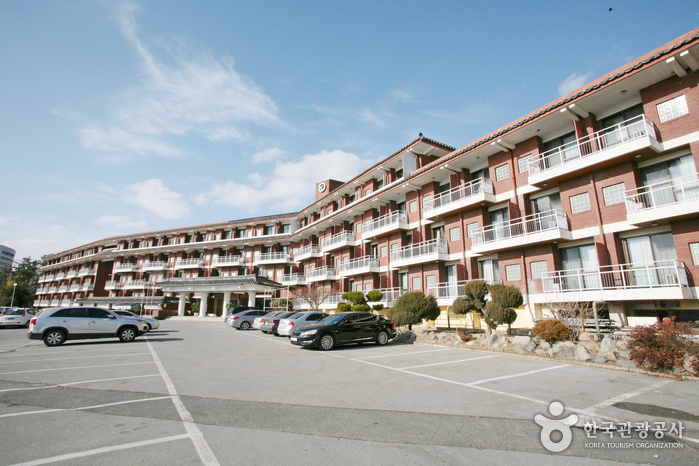
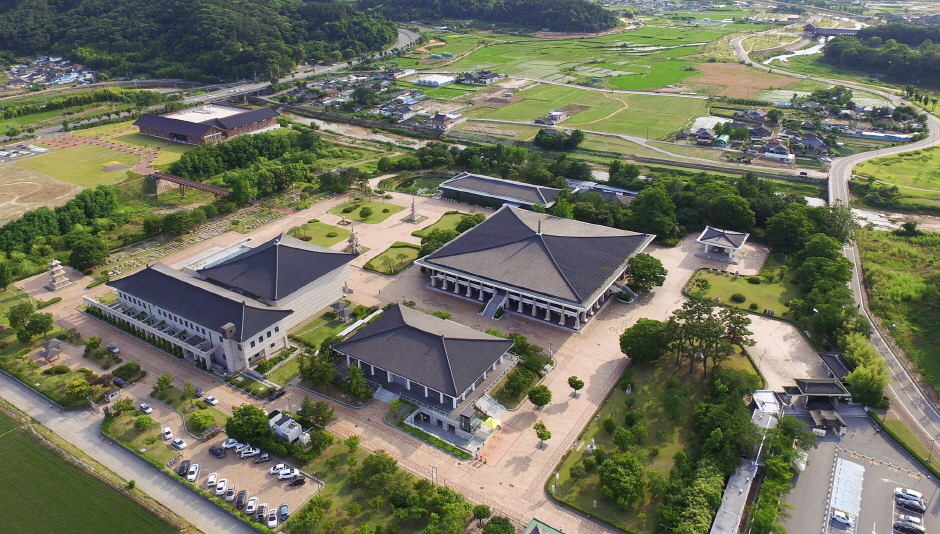
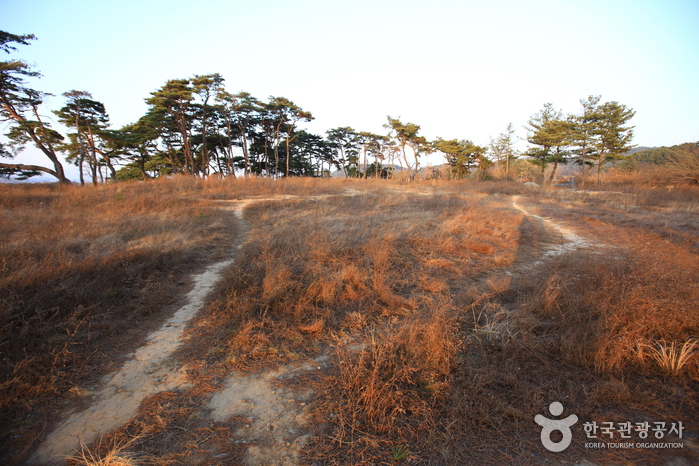
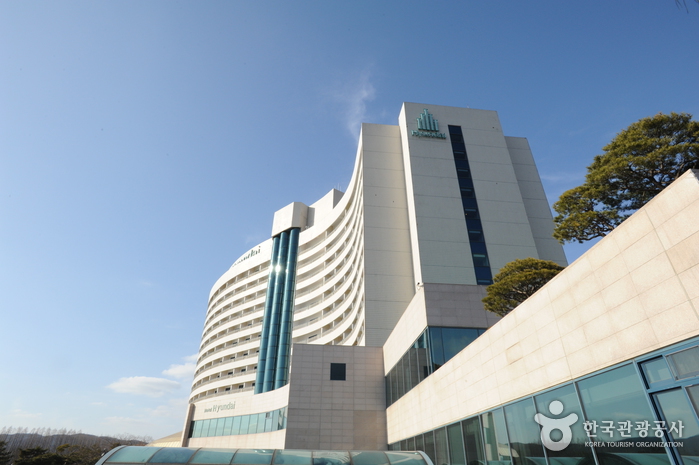
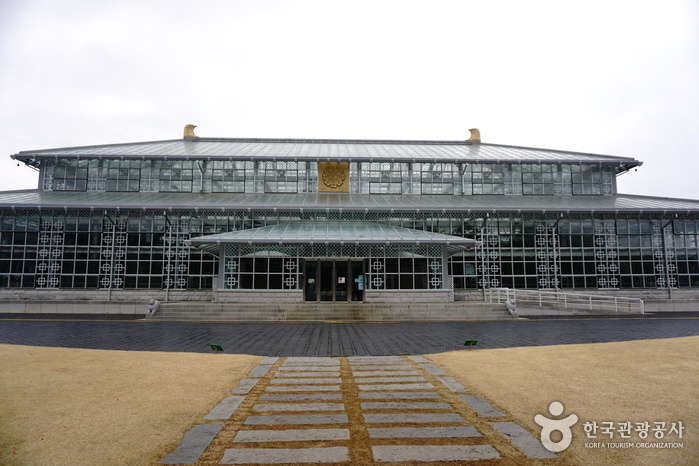
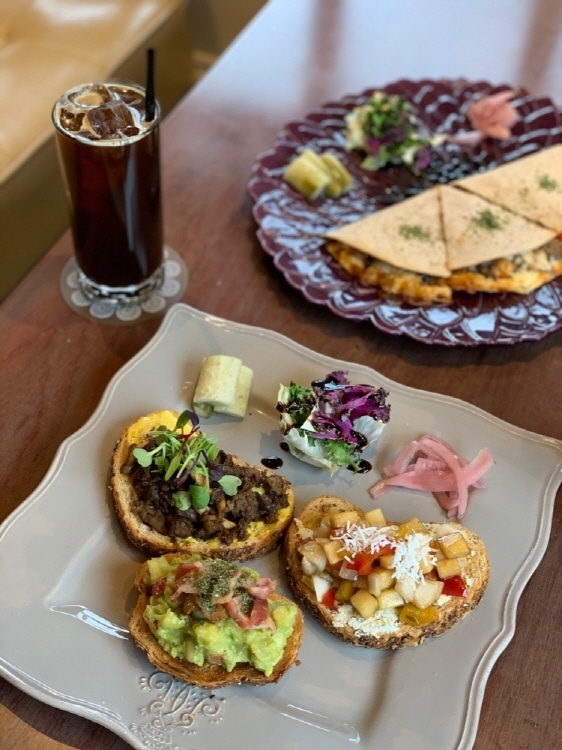
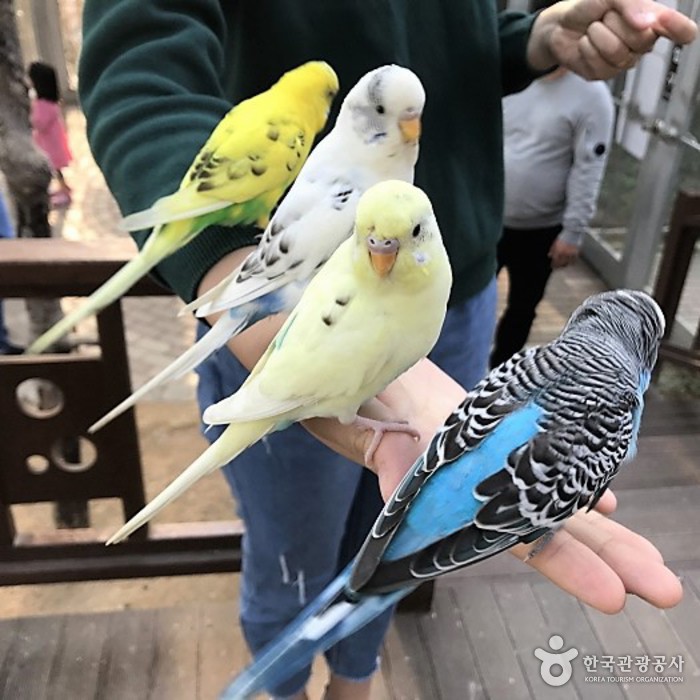
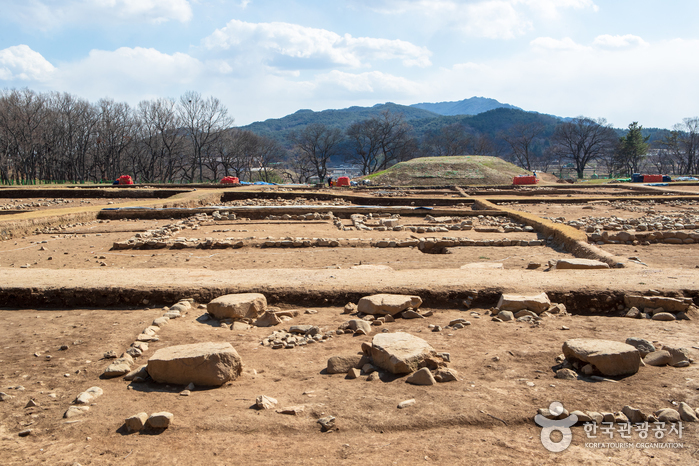
 English
English
 한국어
한국어 日本語
日本語 中文(简体)
中文(简体) Deutsch
Deutsch Français
Français Español
Español Русский
Русский